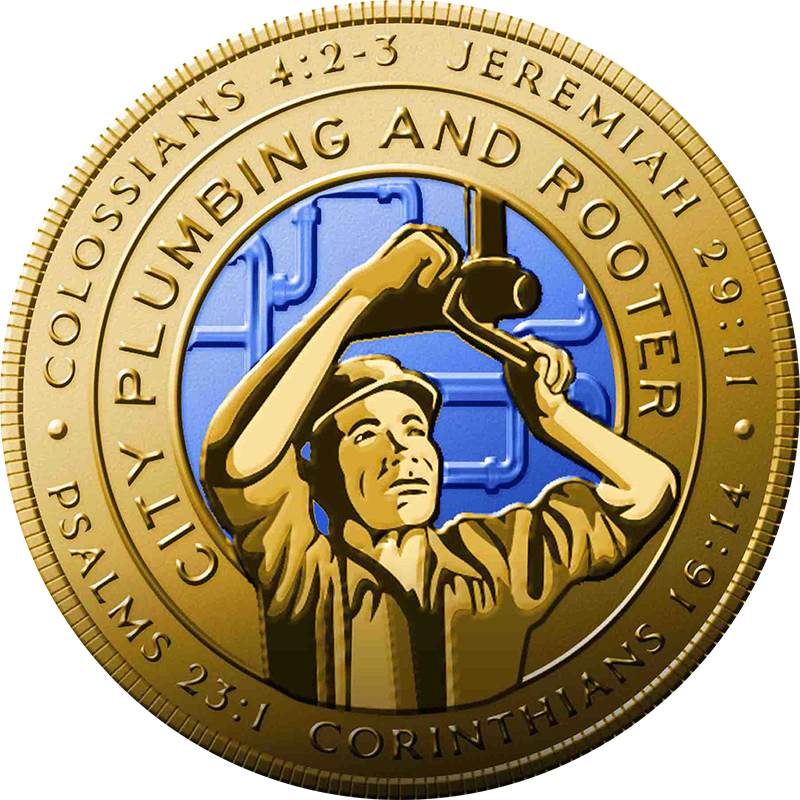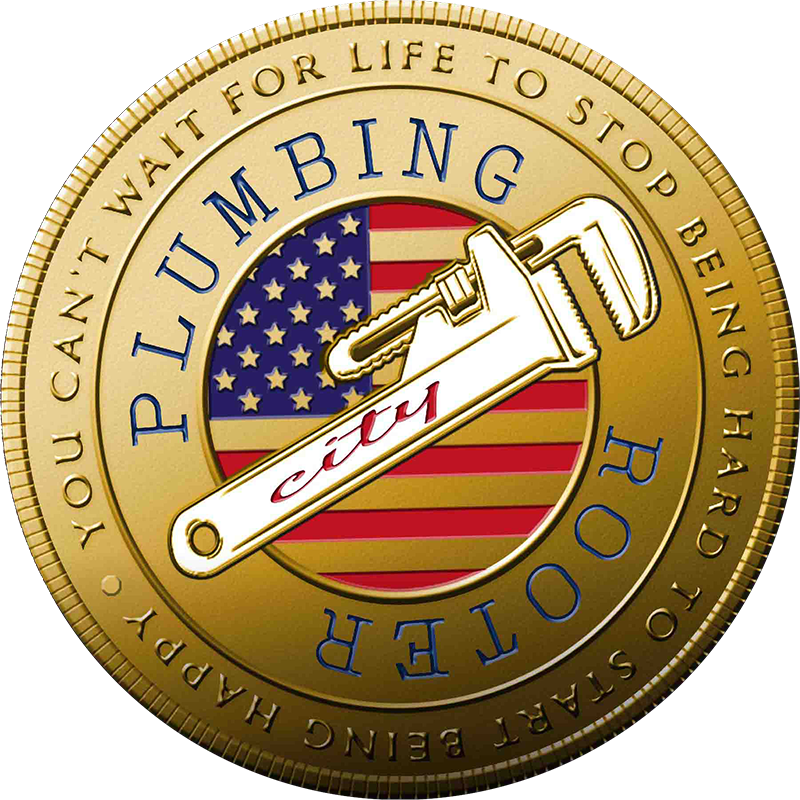The Lifecycle of Residential Sewer Lines
Residential sewer lines play an essential role in carrying waste and wastewater from your home to the municipal sewer system or septic tank. Understanding their lifecycle can help homeowners take better care of their plumbing system and anticipate when maintenance, repairs, or replacements might be necessary. Here’s what you need to know about the typical lifecycle of residential sewer lines, from installation to potential replacement.
1. Installation and Initial Lifespan
The materials used during the installation of sewer lines greatly influence their initial lifespan. Common materials include:
Clay Pipes: Traditional clay pipes can last between 50 to 60 years. Although durable, they are susceptible to root intrusion and cracking over time.
Cast Iron Pipes: Often found in older homes, cast iron pipes have a lifespan of 75 to 100 years but can corrode over time.
PVC Pipes: Modern homes often use PVC pipes, which have an expected lifespan of up to 100 years or more due to their resistance to rust and corrosion.
2. Early Years: Minimal Issues
In the early years after installation, sewer lines typically operate smoothly with minimal issues. Proper installation and quality materials will keep problems at bay. During this period, regular inspections and preventative maintenance can help identify potential future issues, such as slight shifts in the pipe alignment or early signs of root intrusion.
3. Middle Years: Maintenance and Repairs
As sewer lines age into the middle of their lifecycle, they may begin to show signs of wear and tear. Common issues during this phase include:
Root Intrusion: Tree roots naturally seek out moisture, which can lead them to penetrate sewer lines, causing blockages and damage.
Settling and Shifting: Ground movement or settling can cause pipes to shift or crack. This is particularly common in areas prone to soil movement or seismic activity.
Corrosion: For older pipes made of metal, corrosion is a natural part of aging. Rust can gradually weaken the pipe walls, leading to leaks or breaks.
During these middle years, homeowners should be vigilant and schedule periodic inspections to catch and repair minor issues before they escalate into major problems.
4. Later Years: Repair or Replacement
Once sewer lines reach the later years of their lifecycle, problems may become more frequent and severe. Signs that a sewer line may need repair or replacement include:
Persistent Backups and Blockages: Recurrent clogs that cannot be easily cleared may indicate significant pipe damage or collapse.
Sewer Odors: Unpleasant odors around your home or yard can signal a crack or leak in the line.
Water Damage and Wet Spots: Visible signs of water pooling in your yard, particularly near the location of the sewer line, can be a red flag.
Depending on the severity of the damage, solutions may include pipe relining, which involves inserting a new lining within the old pipe, or full replacement. Advances in trenchless technology now allow for less invasive sewer line replacements, minimizing damage to landscaping and driveways.
Extending the Lifespan of Your Sewer Lines
To maximize the lifespan of your residential sewer lines, follow these maintenance tips:
Avoid Flushing Non-Flushable Items: Only flush human waste and toilet paper. Items like wipes, sanitary products, and paper towels can cause blockages.
Monitor for Signs of Trouble: Be aware of any signs of slow drainage, gurgling noises, or unusual smells coming from your plumbing.
Schedule Regular Inspections: Have a professional inspect your sewer lines every few years, especially if your home is older or has mature trees nearby.
Call Us For an Assessment
Understanding the lifecycle of residential sewer lines can help homeowners plan for the future and take proactive steps to avoid unexpected plumbing disasters. While modern materials like PVC extend the life of sewer lines significantly, regular maintenance and timely repairs are essential for all types of sewer pipes. If you notice any signs of trouble or want a professional assessment, contact City Plumbing and Rooter. Our expert team can inspect, maintain, and repair your sewer lines to keep your plumbing system running smoothly for years to come.








